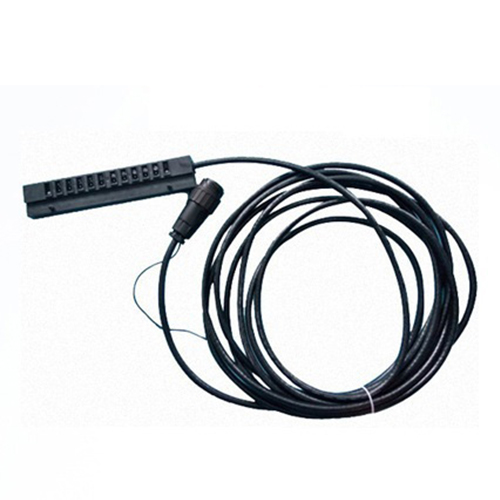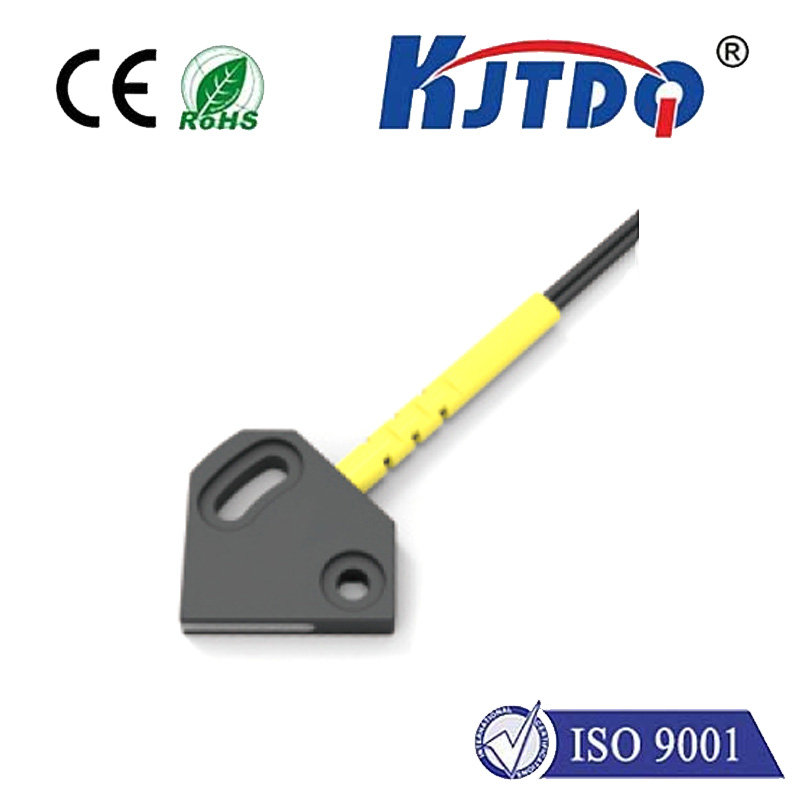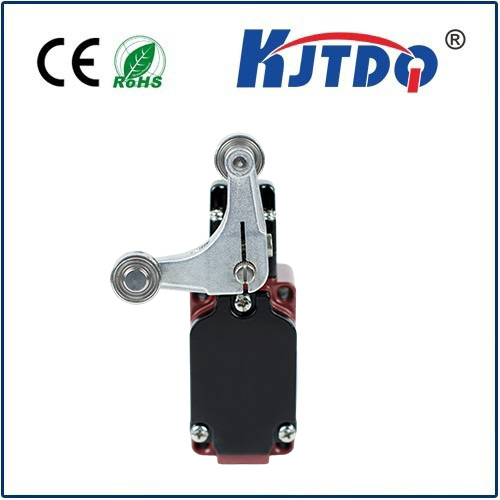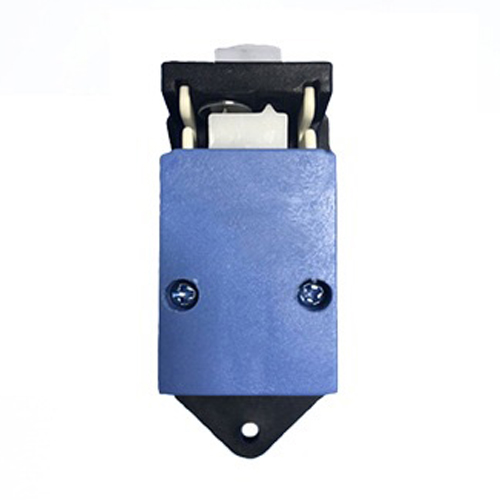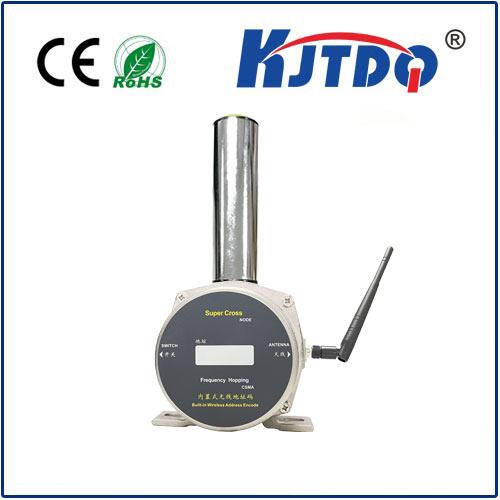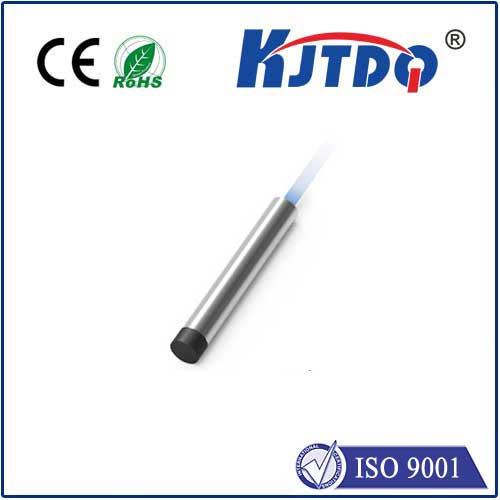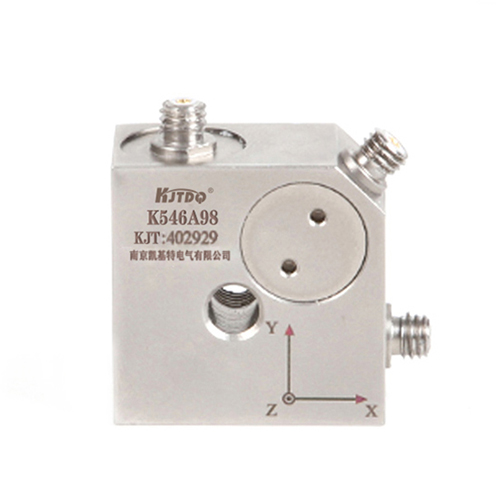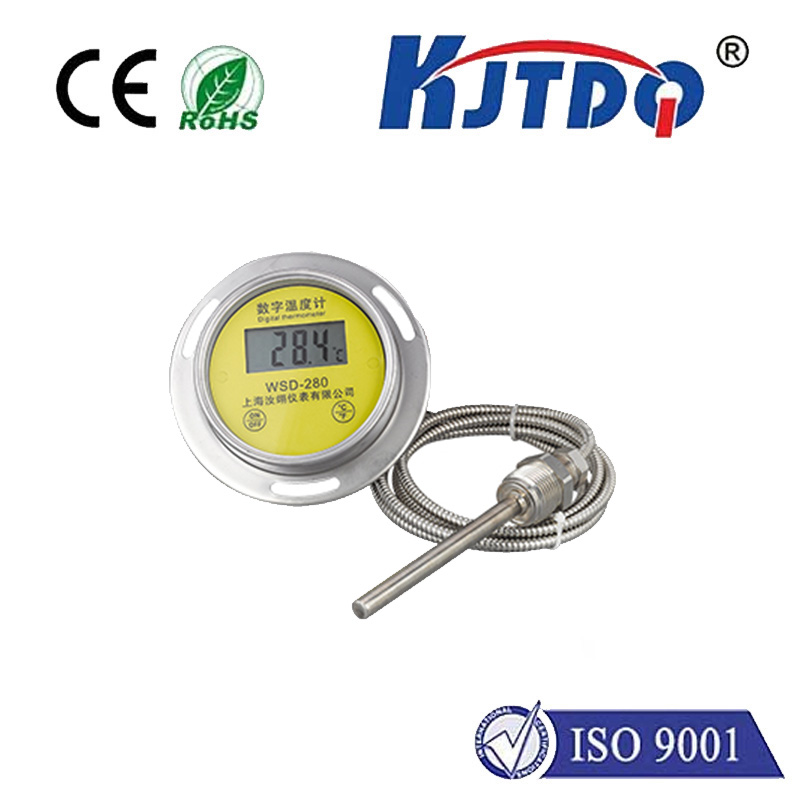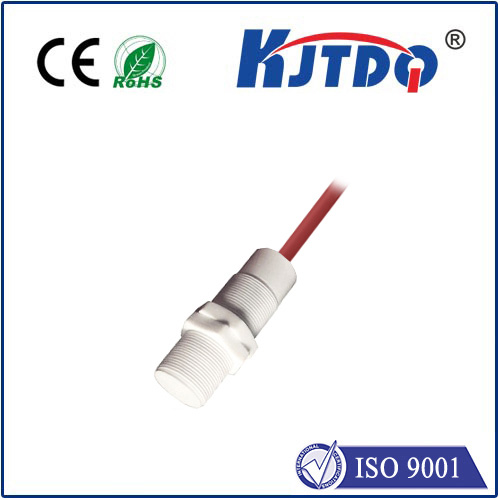proximity sensor 220 volt
- time:2025-07-19 09:00:20
- Click:0
Proximity Sensor 220 Volt: Empowering Industrial Automation with High-Voltage Detection
Imagine a towering industrial machine humming reliably, its movements precise and safe, unseen heroes guarding its vital functions. These silent sentinels are 220V proximity sensors, the robust backbone of high-voltage automation systems. Designed specifically to seamlessly integrate into 220V AC infrastructure, these sensors eliminate the need for cumbersome intermediary components like relays or voltage converters. This volt-compatibility translates directly into simplified wiring layouts, reduced installation costs, and a leaner, more cost-effective automation solution right from the start.
Why 220V Proximity Sensors Are Industrial Powerhouses
Their fundamental role is non-contact object detection. Whether monitoring the presence of a metal part on a conveyor belt, ensuring a robotic arm is clear before movement, or confirming the closed position of a heavy industrial door, these sensors provide critical feedback to the control system. Operating directly at 220 volts AC, they deliver distinct advantages that are essential in demanding settings:
- Direct Voltage Integration: By matching the common industrial power standard (220V AC, 240V AC, or 110V AC in specific regions), they plug directly into existing control circuits. This bypasses the requirement for extra power supplies or signal conditioning units needed with lower-voltage DC sensors (like 12V or 24V).
- Simplified Wiring & Reduced Costs: Fewer components mean less complex wiring diagrams, faster installation times, and significant savings on both hardware (relays, power supplies) and labor. Maintenance complexity also decreases.
- Enhanced Robustness for Harsh Environments: Built to endure the rigors of factories, plants, and outdoor installations, these sensors boast impressive IP (Ingress Protection) ratings (e.g., IP67, IP68) and NEMA ratings (like NEMA 4X, NEMA 6P). This means superior resistance to dust, water jets, oils, coolants, corrosive chemicals, and mechanical impacts. Their sturdy metal or heavy-duty plastic housings shield sensitive internal electronics.
- Strong Signal Integrity & Noise Resistance: The higher operating voltage inherently provides greater signal strength over longer cable runs compared to low-voltage DC sensors. They are often engineered with superior immunity to electromagnetic interference (EMI), common in environments with large motors, welders, or variable frequency drives, ensuring reliable operation amidst electrical “noise.”
- Long Sensing Ranges: Certain types, particularly larger inductive proximity sensors, can offer extended detection distances compared to their low-voltage counterparts, beneficial for specific monitoring applications.
Decoding the Technology: Inductive vs. Capacitive
Most 220V proximity sensors fall into two primary categories, each suited to different detection tasks:
- Inductive Proximity Sensors: The undisputed champion for metal detection. The sensor generates a high-frequency electromagnetic field using an internal oscillator coil. When a ferrous (iron, steel) or non-ferrous (aluminum, brass, copper) metal object enters this field, it induces small eddy currents on the object’s surface. This interaction dampens the oscillator’s strength or alters its characteristics. The sensor’s circuitry detects this change and switches its built-in solid-state output (commonly a NPN transistor or triac for AC). Key features:
- Target: Metallic objects only.
- Outputs: Typically 3-wire configurations (Brown/Line, Blue/Neutral, Black/Output). The output device switches the load connected to it.
- Sensing Range: Depends on sensor size and target material (ferrous metals have longer ranges than non-ferrous).
- Capacitive Proximity Sensors: The versatile detector capable of sensing almost any material, including metals, plastics, wood, liquids, powders, and even glass. They function based on capacitance changes. The sensor face acts as one plate of a capacitor, and the target object acts as (or influences) the other plate. As an object enters the sensing field, it alters the capacitance between the sensor electrode and ground. The sensor’s electronics detect this shift and trigger its solid-state output. Key features:
- Target: Virtually all solid and liquid materials.
- Outputs: Similar 3-wire AC output configurations as inductive sensors.
- Sensitivity Adjustment: Often feature a potentiometer to fine-tune the sensing distance for different materials and avoid false triggers.
Selecting the Right 220V Proximity Sensor: Key Considerations
Choosing the optimal sensor requires careful evaluation beyond just voltage:
- Detection Mode: Inductive (metal targets) or Capacitive (nearly all materials, including liquids and powders).
- Sensing Range: What is the maximum distance needed to reliably detect the target? Inductive sensors have range tables specific to target material and sensor diameter. Capacitive sensors are adjustable.
- Housing Material & Shape: Cylindrical (threaded barrel), rectangular (block), or specialized shapes? Materials range from nickel-plated brass and stainless steel for extreme environments to rugged plastics. Consider chemical exposure and physical stress.
- Environmental Rating: Verify the IP rating (e.g., IP67 for dust and temporary immersion, IP68 for continuous immersion) or NEMA rating aligns with the operating environment (dust, moisture, washdowns, corrosive atmospheres).
- Output Configuration: Ensure compatibility with the control system input. Most 220V proximity sensors have a 3-wire AC output where the output device (triac, relay contact via solid-state relay) switches the load connected to the neutral line when the sensor detects a target. Confirm the sensor’s output type (NPN/PNP terminology less common; focus on load switching behavior) meets the PLC or controller input requirements. Pay close attention to wiring diagrams (Brown: Line/L+, Blue: Neutral/L-, Black: Load/Output is standard).
- Operating Temperature Range: Ensure the sensor can withstand the ambient temperatures, especially in foundries, furnaces, or cold storage.
Where Industrial Strength Detection Shines: Key Applications
220V AC proximity sensors are indispensable across heavy industry:
- Material Handling & Conveying: Detecting metal parts, packages, pallets, totes, and monitoring fill levels of bins or hoppers containing various materials (capacitive).
- Machine Tooling & Fabrication: Verifying the presence of metal workpieces in CNC lathes/mills, press brakes, shears, and robotic welding cells. Monitoring tool positions.
- Packaging & Bottling Lines: Confirming container presence, cap detection, label sensing, and fill level control of liquids or granular products (capacitive).
- Automotive & Heavy Equipment Manufacturing: Position feedback on assembly lines, robot end-of-arm tooling verification, component presence checks.
- Process Control & Liquid Handling: Liquid level detection in tanks (capacitive), valve position confirmation, pump control.
- Building & Facilities Automation: Monitoring the position of large industrial doors (overhead doors, hangar doors), security gates, and high-bay storage systems.
Crucial Safety Notice
Working with 220V AC inherently involves significant electrical hazards. Installation, wiring, maintenance, and troubleshooting of 220V proximity sensors must only be performed by qualified electrical personnel adhering strictly to local electrical codes and safety regulations. Always isolate and lock out power sources before handling any wiring. Never assume a circuit is safe without verification using appropriate testing equipment.
Integrating 220V Proximity Sensors: The Practical Edge
The core benefit lies in operational simplicity. Their direct use of 220V AC power means control panels require fewer ancillary devices – no extra slots for relay modules, no additional DIN-rail mounted power supplies. Wiring complexity drops significantly, reducing





